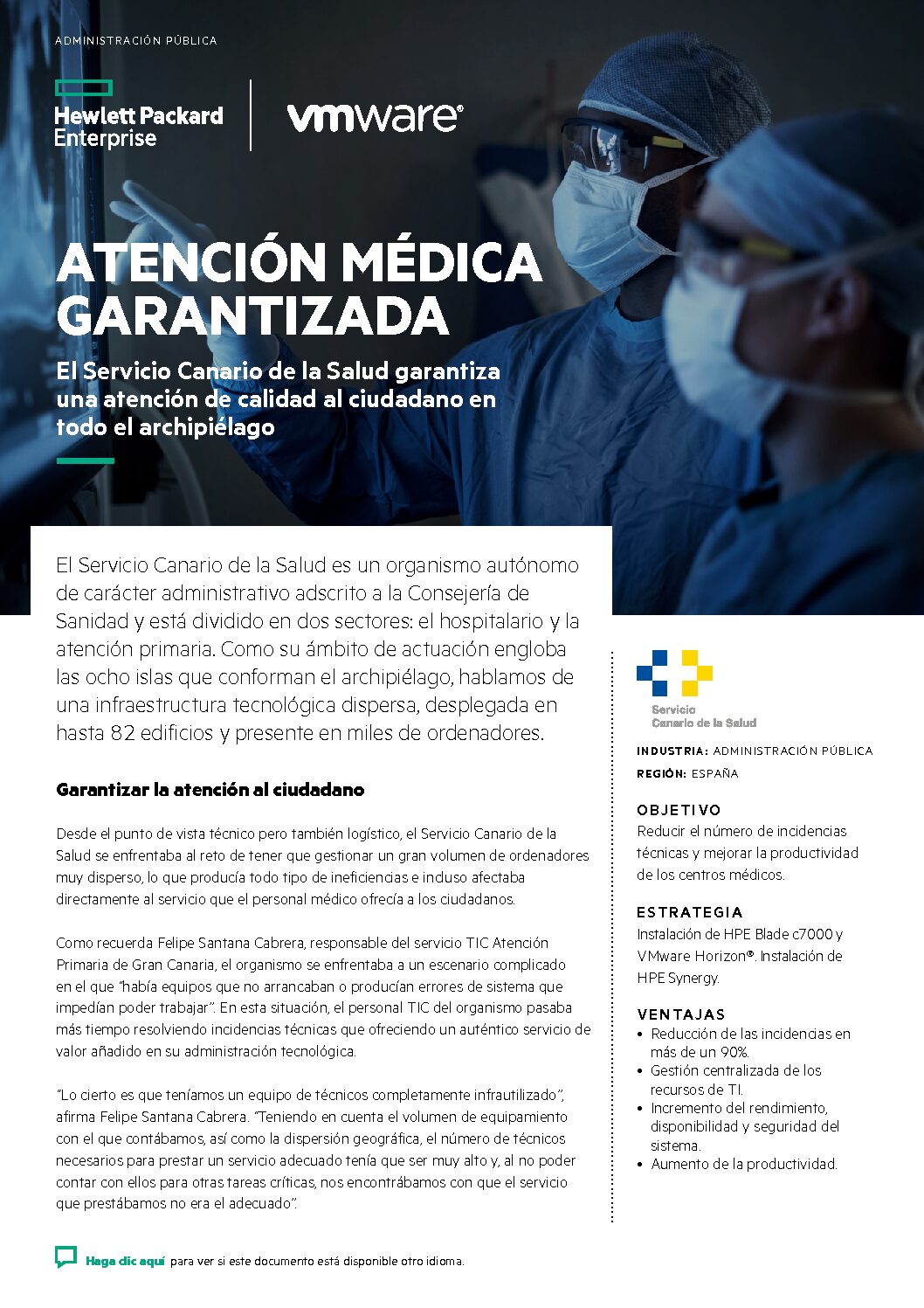Physical Address
304 North Cardinal St.
Dorchester Center, MA 02124
Physical Address
304 North Cardinal St.
Dorchester Center, MA 02124

Explore the undeniable ROI of strategic human resources. Understand how innovation culture, leadership effectiveness, and employee engagement drive business growth.
As businesses progress into the future, it’s important to recognize the undeniable return on investment (ROI) that human capital provides. No other aspect of work offers the same degree of ROI as people. This technical whitepaper delves into the ROI of human resources, emphasizing the business imperative of optimal human capital management. It highlights five key areas that underline the necessity of strategic HR capability: innovation culture, leadership decision effectiveness, employee engagement, organizational culture, and human capital cost management.
Understanding the technicalities of human resources (HR) management is a prerequisite to appreciating its potential ROI. Businesses must acknowledge that human capital is a direct influence on business operations. Whether it’s designing, developing, marketing, selling, producing, or servicing – people are the core drivers. Furthermore, human capital appreciates over time, unlike many other business resources.
A strategic human resources system is designed to foster innovation, encourage effective leadership decision-making, boost employee engagement, cultivate a positive organizational culture, and efficiently manage the cost of human capital. A primary aspect of this system is cultivating an ‘innovation culture’, which has been proven to generate high-quality ideas, speed up implementation, and achieve greater agility, resulting in exponential revenue growth.
The implementation of strategic HR involves a commitment to cultural elements like trust, collaboration, diversity, equity, inclusion, personal commitment, accountability, empowerment, and encouragement. It requires investment in learning and development, fostering creativity, and enabling effective leadership decision-making. A crucial part of this implementation is maintaining an organizational readiness for change and agility.
While ‘coding’ in the traditional sense might not apply to HR, there is a ‘code’ of best practices and standards that businesses can follow to implement strategic HR. These include fostering an innovation culture, promoting diversity and inclusion, emphasizing continuous learning and development, and empowering leadership with effective decision-making abilities.
An effective strategic HR implementation is characterized by improved business performance. This includes but is not limited to increased revenue growth, better employee engagement, higher innovation, and more effective leadership decision-making.
In the context of HR, security refers to maintaining confidentiality of employee data and safeguarding the organization’s culture and values. Effective strategic HR implementation would have robust policies in place to ensure this.
Challenges in strategic HR implementation can occur. Businesses could face resistance to change, lack of resources, or difficulty in managing diversity. However, with effective communication, stakeholder buy-in, and continuous improvement, these challenges can be managed.
Strategic HR is no longer a luxury, but a necessity. With the undeniable ROI it offers, businesses should embrace and prioritize it. The path to a successful strategic HR implementation might be challenging but the rewards are well worth the effort.
Enter your contact details to download the complete document with all original formatting and detailed information.